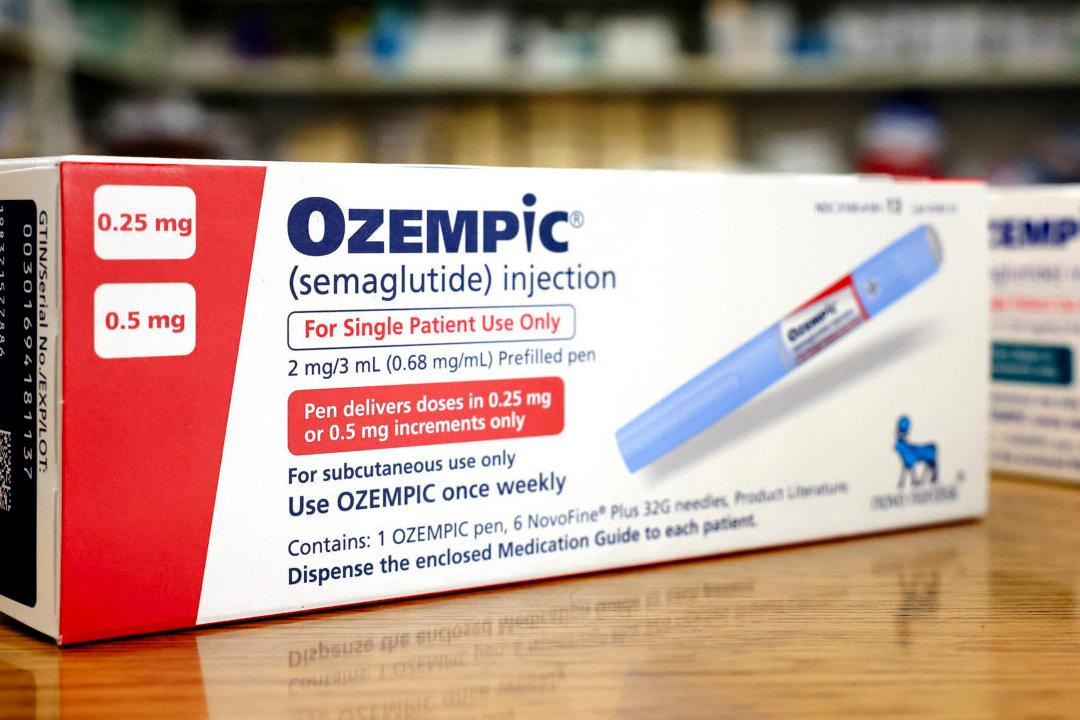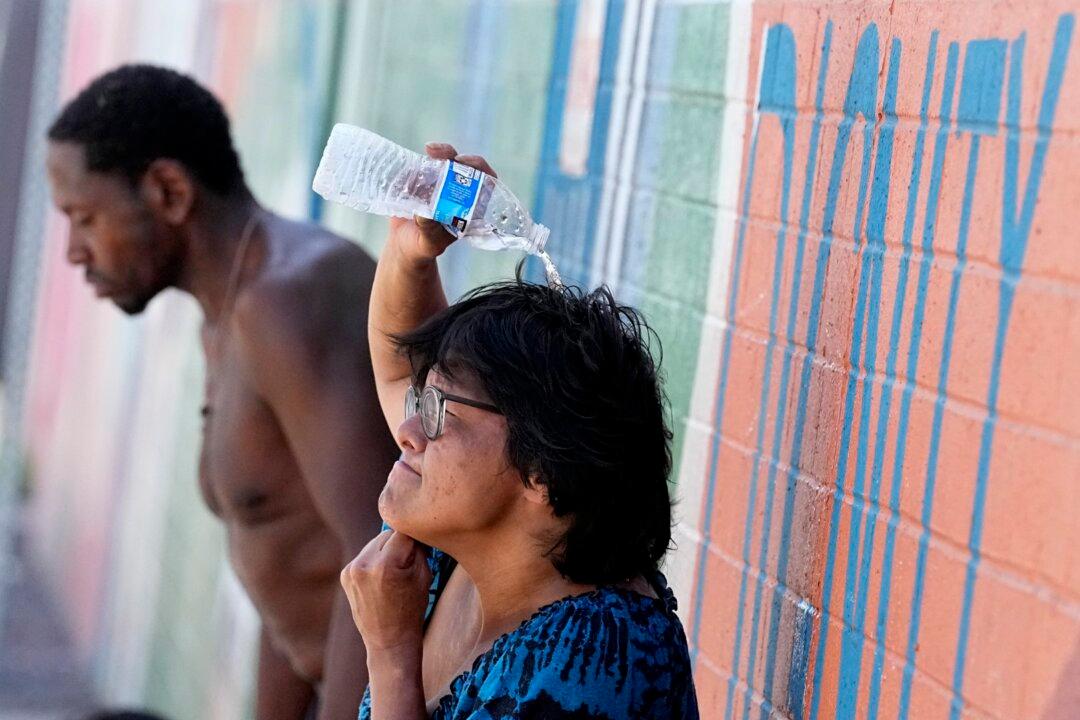The costs of homeowners insurance and car insurance are rising at a far greater pace than the inflation rate of 3.2 percent in the most recent report from the Department of Labor’s Bureau of Labor Statistics (BLS).
A November analysis by Policy Genius showed that homeowners insurance premiums rose an average of 21 percent based on data of policy renewals from May 2022 to May 2023, and a report from the BLS shows that the cost of car insurance was 19.2 percent higher in October than it was 12 months earlier.





